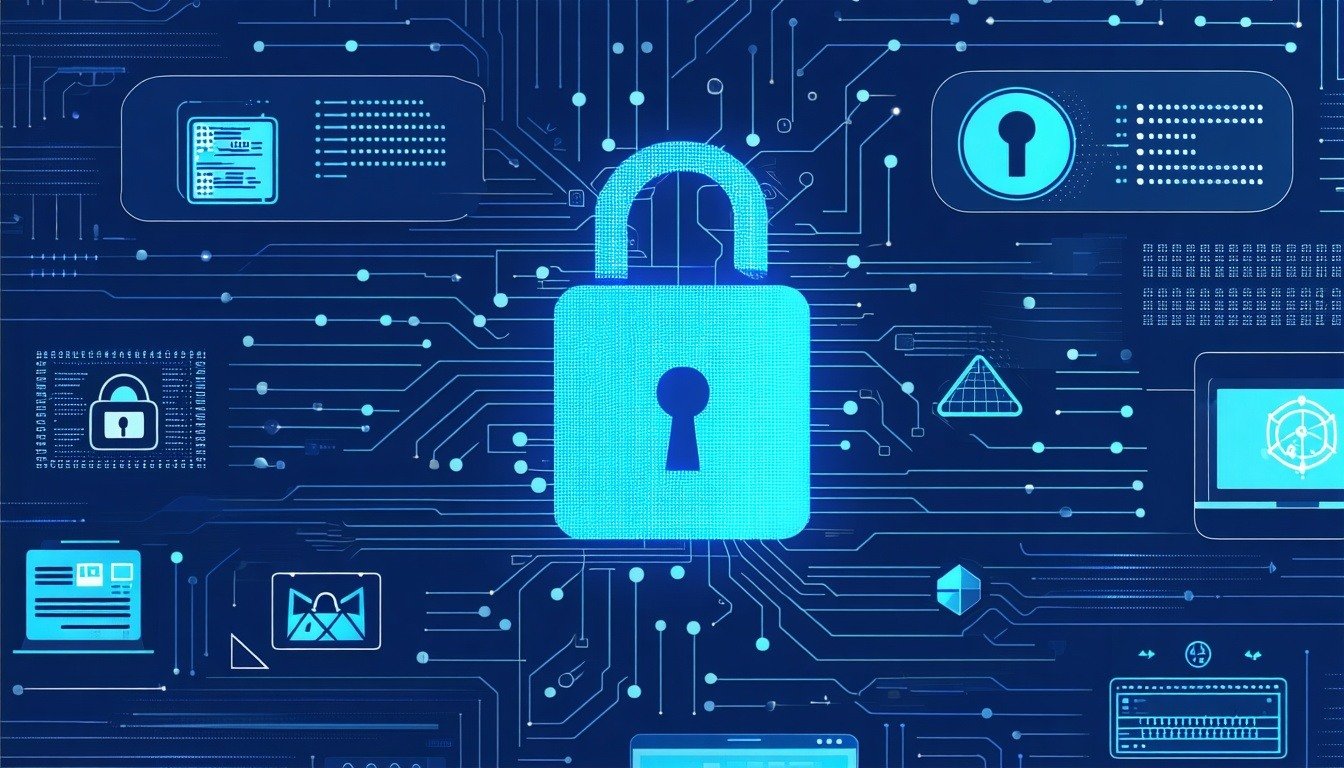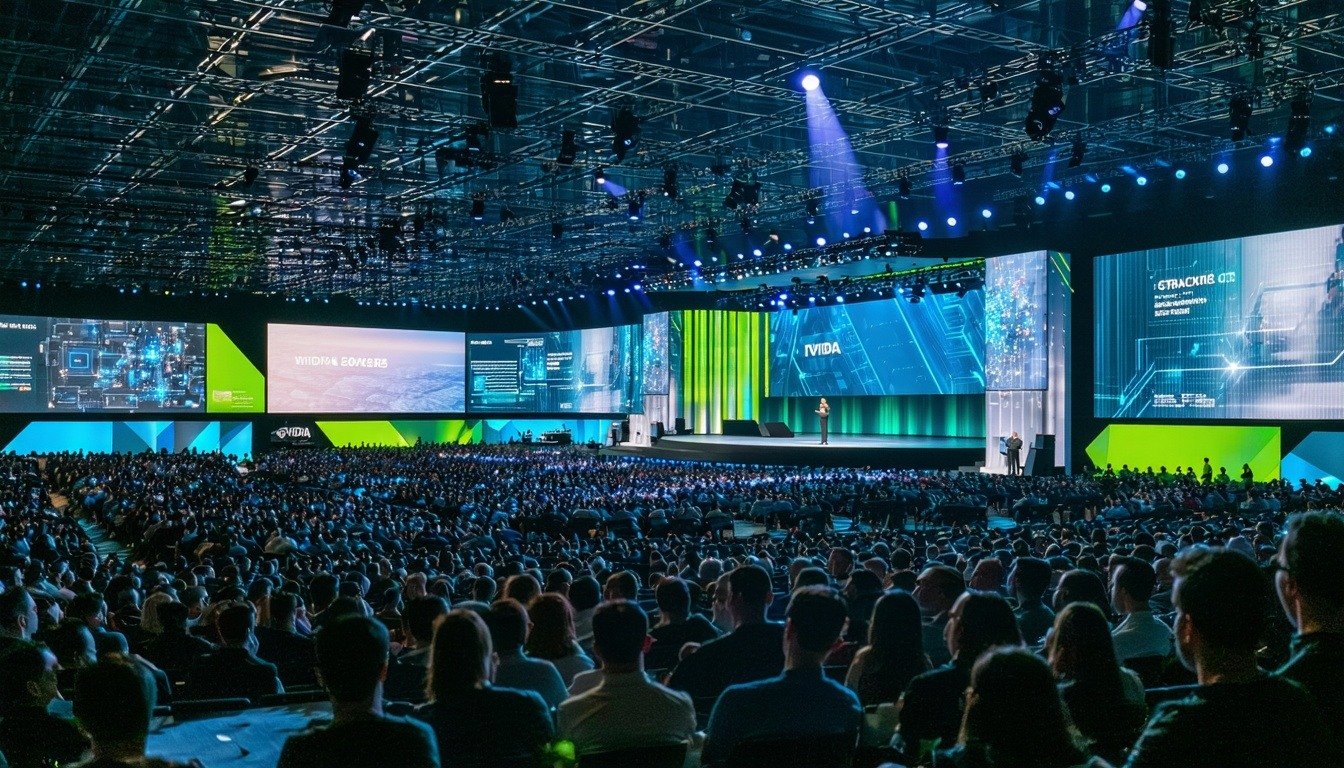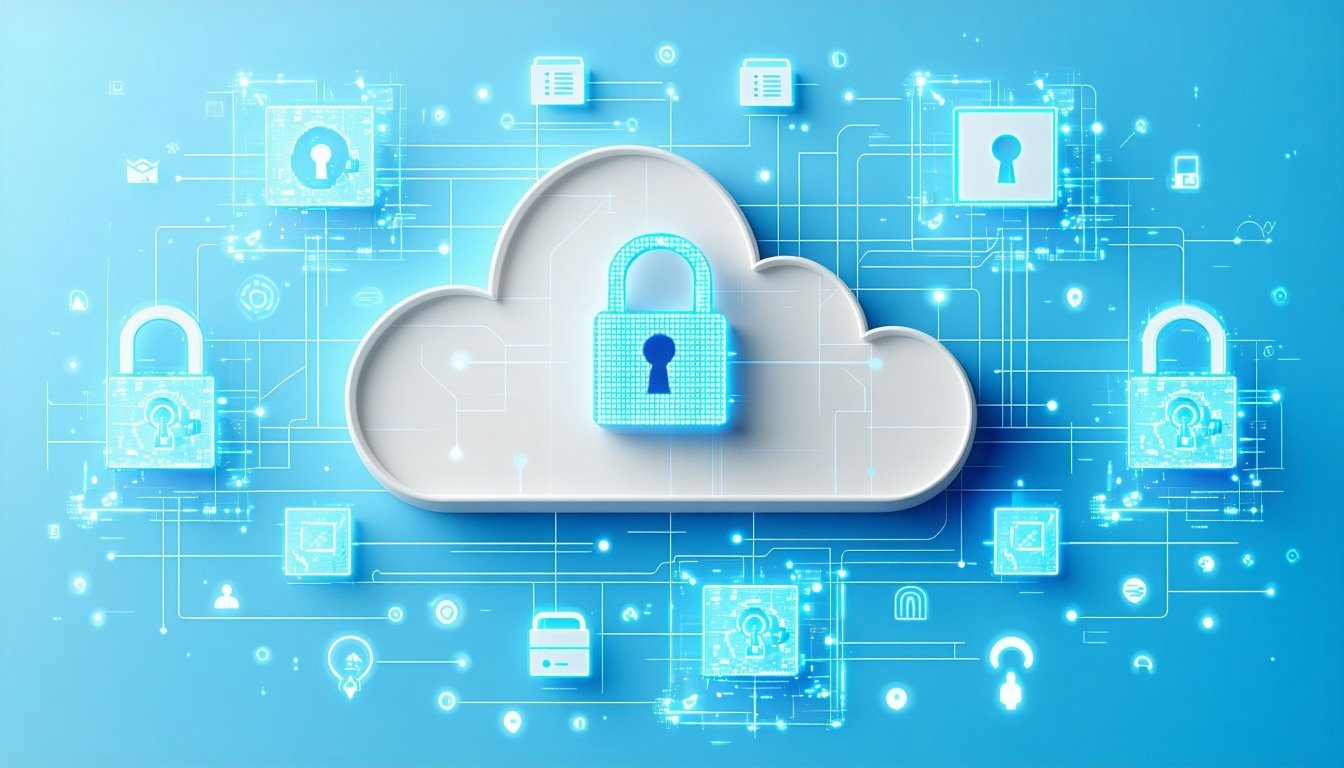Supply Chain Control Towers (SCCTs) are increasingly crucial for businesses to gain real-time visibility and improve supply chain performance. For technology companies offering control tower solutions, successfully positioning your product requires strategic thinking, a deep understanding of your customer’s challenges, and the ability to demonstrate clear Return on Investment (ROI). This guide walks you through a 13-point checklist to effectively sell supply chain control tower solutions and provide a Unique Selling Point (USP) to potential customers.
Market Overview: The Growing Demand for Supply Chain Control Towers
Supply chain control towers are not a new concept, having been used regularly in transportation for fleet tracking and predictive Estimated Times of Arrival (ETAs). But in recent years, demand for control towers that provide full End-to-E (E2E) visibility across the entire supply chain has skyrocketed. The ability to connect valuable data across the entire supply chain enhances collaboration and strategic planning.
This shift is largely due to global disruptions that have exposed weak links in many supply chains, from inbound network fragilities to the inability to coordinate stakeholders during a crisis. Events such as the COVID-19 pandemic, ongoing geopolitical conflicts, and trade disputes have exposed global supply chains. This has served as an impetus for E2E visibility solutions to make supply chains more resilient.
According to ABI Research, global revenue from control towers is expected to grow from US$9.6 billion in 2023 to over US$20 billion by 2030, representing a 13.12% Compound Annual Growth Rate (CAGR). North America currently leads the market, but Europe and Asia-Pacific are poised for significant growth, driven by stricter regulations and increasing investments in supply chain digitalization.
A key driver behind this market expansion is the need for data harmonization. Businesses are increasingly realizing the value of a unified source of truth for their supply chain data, enabling more accurate insights and faster decision-making. But adoption challenges remain, especially when it comes to ensuring the quality of data feeds and navigating resistance to data sharing.
Table 1: Supply Chain Control Tower Revenue by Industry, 2024 to 2030
|
Industry |
Revenue |
2024 |
2025 |
2026 |
2027 |
2028 |
2029 |
2030 |
|
|
Manufacturing |
(US$ Billions) |
1.64 |
2.02 |
2.39 |
2.67 |
3.00 |
3.27 |
3.53 |
|
|
Pharmaceuticals & Healthcare |
(US$ Billions) |
1.54 |
1.90 |
2.19 |
2.52 |
2.75 |
2.90 |
3.03 |
|
|
Retail & FMCG |
(US$ Billions) |
1.44 |
1.73 |
1.99 |
2.29 |
2.75 |
3.08 |
3.33 |
|
|
Logistics Service Providers |
(US$ Billions) |
1.83 |
2.19 |
2.52 |
2.75 |
3.09 |
3.36 |
3.63 |
|
|
Aerospace & Defense |
(US$ Billions) |
0.67 |
0.75 |
0.80 |
0.92 |
0.86 |
0.93 |
1.01 |
|
|
Automotive |
(US$ Billions) |
1.11 |
1.33 |
1.59 |
1.83 |
2.06 |
2.24 |
2.52 |
|
|
Chemicals |
(US$ Billions) |
0.48 |
0.52 |
0.53 |
0.69 |
0.77 |
0.84 |
0.91 |
|
|
High-Tech Products |
(US$ Billions) |
0.43 |
0.52 |
0.60 |
0.84 |
1.03 |
1.12 |
1.21 |
|
|
Other |
(US$ Billions) |
0.48 |
0.58 |
0.66 |
0.76 |
0.86 |
0.93 |
1.01 |
|
|
Total |
(US$ Billions) |
9.63 |
11.53 |
13.28 |
15.27 |
17.16 |
18.69 |
20.17 |
(Source: ABI Research)
Industries such as logistics, manufacturing, retail, pharmaceuticals, healthcare, and Fast-Moving Consumer Goods (FMCG) are leading the adoption of supply chain control towers. Logistics Service Providers (LSPs) were among the earliest adopters, initially focused on gaining visibility and control over transport operations. These industries have since expanded their use of SCCTs as their operations became more digitized.
For retail and pharmaceutical companies, investment has been driven by the need to comply with track and trace regulations, reduce lead times, and optimize inbound transport to maintain stock availability and competitive pricing. Continued investment in SCCTs is expected, as these industries look to improve supply chain efficiency.
Looking ahead, industries such as automotive and high-tech products are expected to see significant growth in SCCT adoption through 2030, as they address supply chain challenges and aim to improve service supply chains.
As a technology vendor, understanding this landscape is essential for crafting a value proposition that resonates with potential buyers. ABI Research encourages technology providers to use the following checklist for a successful market positioning in the supply chain control tower landscape.
1. Simplify the User Experience
First impressions matter. The User Interface (UI) should be intuitive, be simple to operate, and deliver quick insights. Buyers prioritize platforms that provide value fast, even to users with minimal experience.
Control tower solutions that offer low-code/no-code capabilities allow end users to customize the system to fit their unique needs without relying on extensive technical support. The easier it is for customers to adjust the platform, the more likely they will continue using it over time.
2. Provide Collaboration Tools
An effective control tower enables seamless collaboration between stakeholders, both internal and external. Your system should offer accessible tools that allow teams to communicate, troubleshoot, and resolve issues quickly.
Facilitating better communication across the supply chain helps buyers manage disruptions and ensures that everyone stays on the same page, which is a significant selling point.
3. Maximize Data Capture & Visibility
Data visibility is at the heart of control tower value. Highlight how granular your system can be with data capture and visibility. Your platform should normalize data from multiple sources and offer comprehensive real-time visibility across all supply chain processes.
Control tower solutions that integrate data from external systems, such as visibility platforms, provide added value. Buyers look for tools that turn data into actionable insights across disparate systems, ensuring they have a clear picture of operations.
4. Integrate Advanced AI Capabilities
Artificial Intelligence (AI) is becoming a key differentiator for supply chain control towers. AI enables these platforms to move beyond simple visibility into predictive and prescriptive analytics. Highlight how your solution leverages AI to process vast datasets, enabling users to make decisions faster and more accurately.
An AI-powered supply chain control tower can provide network optimization, identifying the most efficient routes, delivery schedules, and consolidation points. It can also model different scenarios, helping businesses understand the impact of certain changes before they occur. For example, AI can forecast disruptions in the supply chain and recommend next steps to avoid downtime.
AI’s role in decision automation is also a significant selling point. By automating repetitive tasks, your platform can reduce human error and free up resources for more critical decision-making. But while automation can streamline operations, companies often worry about losing control. That’s where AI guardrails come in. Your system should offer customizable controls, allowing users to set boundaries for AI-driven actions. This ensures that automation is aligned with their operational goals and complies with any relevant regulations.
By integrating advanced AI, you can offer a control tower that goes beyond reactive supply chain management to proactive optimization, helping your customers achieve real, measurable improvements.
5. Leverage Advanced Analytics for Optimization
Buyers are seeking solutions that do more than just present data—they want analytics that help them optimize supply chain networks. Showcase how your control tower uses advanced analytics to forecast trends, identify bottlenecks, and optimize key variables like route planning and inventory management. Platforms that offer prescriptive analytics or AI-driven recommendations differentiate themselves from competitors.
6. Offer Cloud-Based Accessibility
Buyers want flexible control tower deployment options. Your solution should be available via the cloud (public, private, or hybrid) and offered as a Software-as-a-Service (SaaS) platform.
Cloud-based solutions reduce infrastructure costs and increase scalability, allowing your customers to grow without changing their technology stack. Also, providing multilingual interfaces ensures the system can be used across regions, making it attractive to global companies.
7. Highlight Fast Time to Value
Supply chain control towers that deliver quick value are more attractive to buyers. Time to Value (TTV) refers to how quickly your system begins providing measurable benefits once installed.
Emphasize how your solution allows users to start gaining insights and making improvements right away. Buyers want a platform that offers a fast, clear ROI—the quicker they see results, the more likely they are to invest.
8. Offer Ongoing Support & Training
One of the most important factors for buyers is knowing they won’t be left stranded after deployment. Offer integration support and ongoing training to help users make the most of their control tower. Assure them that your team will be available for troubleshooting and updates as they scale their operations. Pre-programmed templates, regular training sessions, and support options foster long-term relationships and customer retention.
9. Support End Users through Network Integration
Network integration is a major challenge for companies adopting control tower solutions. Help your clients manage these integrations and onboard stakeholders to the system to ensure a smooth rollout. By assisting with system integration, you speed up the implementation process and ensure faster ROI for your clients, which improves satisfaction and retention.
10. Partner with Supply Chain Visibility Providers
Consider partnering with global supply chain visibility providers to enhance your solution. Control towers rely heavily on real-time data, and partnerships with visibility platforms (e.g., project44 and FourKites) allow you to deliver better value.
These partnerships provide access to comprehensive global data and out-of-the-box integrations, expanding your reach and increasing the effectiveness of your control tower.
11. Prioritize Secure Data Management
According to Sonatype, there was a 200% increase in software supply chain attacks in 2023 compared to 2022. Given the increasing number of supply chain cyberattacks, your solution must prioritize data security.
To do this, highlight the cybersecurity features embedded in your platform and assure buyers that your system complies with the latest data privacy standards. Make secure data management a key selling point, addressing concerns around data sharing and usage. Showing that your platform ensures data safety builds trust with potential customers.
12. Differentiate with Low/No-Code Customization
Customization is a major selling point for control towers, enhancing the user experience. Offering low-code/no-code capabilities allows enterprises to customize the system without heavy reliance on external specialists. Companies want solutions that mold to their unique operations.
By offering easy-to-implement customizations, you position your solution as flexible and scalable, attracting clients who want adaptability without high costs.
13. Demonstrate Digital Twin Capabilities
A digital twin is a virtual representation of a company's supply chain, allowing users to run simulations, conduct “what-if” analyses, and assess the impact of potential decisions. Show buyers how your control tower’s digital twin capabilities can optimize their operations, reduce costs, and even contribute to sustainability efforts by evaluating carbon footprint reductions. Supply chain digital twins are cutting-edge tools that many companies are looking for, and including them in your solution offers a competitive edge.
Conclusion
Supply chain managers are past basic visibility solutions. They now require E2E visibility that enables them to be proactive, rather than reactive to shifting consumer demand and operational fluctuations. A control tower collates all the data across supply chain operations to help enterprises achieve this goal.
Successfully selling a supply chain control tower solution requires positioning your offering as essential to modern logistics management. Focusing on the key factors cited in this checklist will help you differentiate your product in a growing market. Get the Supply Chain Control Tower Vendor Rankings





